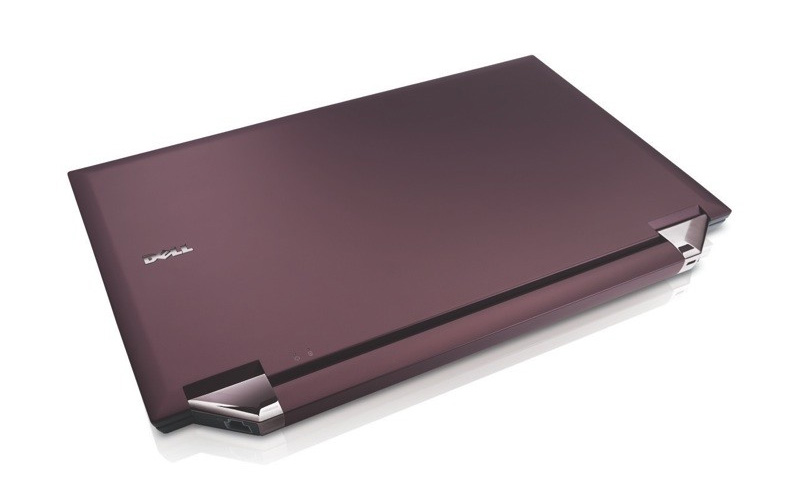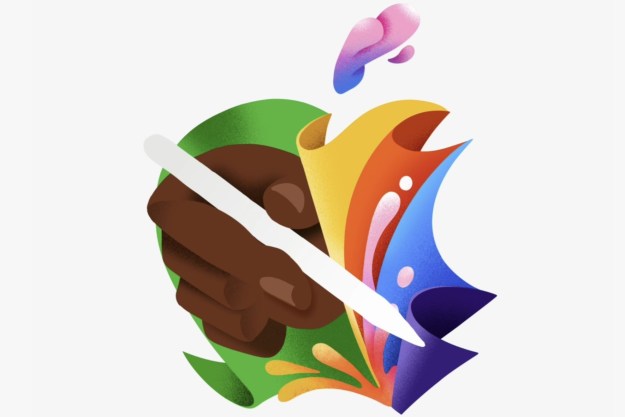
Graphics developer Nvidia is looking to rachet up competition with Intel in the mobile computing and media market, and today at Computex unveiled a 12 new high-definition-capable netbooks and tablets based on its Tegra system-on-a-chip platform. With these devices, Nvidia is hoping to appropriate the term MID—for Mobile Internet Device—and turn it into something larger—and more media-friendly—than the too-big-to-be-a-smartphone, too-small-to-be-useful devices that spawned the acronym a few years ago. As one might expect from a graphics developer, Nvidia’s Tegra is designed to give high-powered graphic performance—including high definition video capability and hardware acceleration for Adobe Flas content—along with low-power operation designed to keep battery-dependent devices running for hours on end.
“The mobile computing revolution has arrived,” said Nvidia’s mobile business general manager Michael Rayfield, in a statement. “These new Tegra-based products combine excellent Internet and media capabilities, always-on operation, and wireless connectivity for the un-tethered Internet experience consumers have been craving.”
Nvidia’s Tegra platform combines a CPU, HD video processor, and a low-power Nvidia GPU, and the company claims they achieve up to five times the power efficiency of existing products,. In fact, Nvidia says Tegra systems can play music for up to 25 days or push 1080p video for up to 10 hours on a single battery charge—and if saving power isn’t your worry, the systems can play games at up to 46 frames per second. The systems will also be able to support Wi-Fi, 3G, and WiMax networking in order to delivery a truly mobile media experience.
One example of a Tegra-powered device is the Mobinnova élan, a netbook weighing les than two pounds with an 8.9-inch display, Wi-Fi and 3G networking, integrated Webcam, fanless operation, and 720p video support. Mobinnova is also showing its T8 tablet at Computex, which features a 10.1-inch touchscreen, HDMI and VGA video output, an integrated GPS. Although the companies note the systems can view Microsoft Office and Adobe documents, don’t expect these systems to be running any flavor of Windows—at least not right out of the gate.
Neither Nvidia or its partners have announced when they expect Tegra-based systems to begin hitting consumer markets, but its a good bet at least some of the equipment makers want these products in retailers’ hands before the end-of-year holiday buying season commences.


